Blog
The Future of Innovative Tools for the Modern Garden
In the ever-evolving landscape of gardening, the future of innovative tools garden enthusiasts will rely on is bright and brimming with possibilities. As we seek to cultivate
sustainable and
productive outdoor spaces, alternative tools that enhance efficiency and reduce environmental impact are gaining momentum.
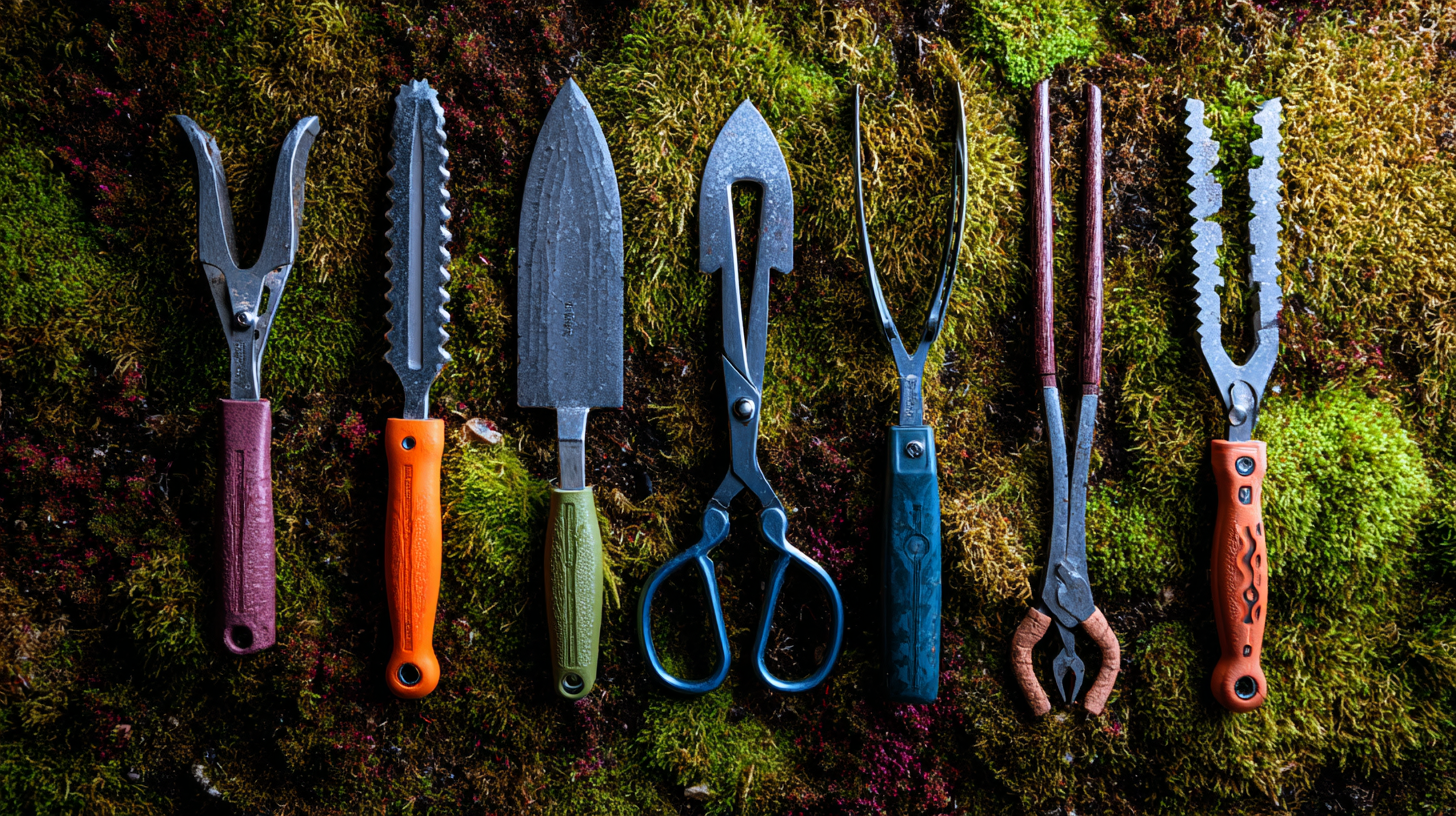 From smart technology that simplifies plant care to eco-friendly materials that promote biodiversity, the next generation of gardening implements promises to revolutionize
how we tend to our gardens. By embracing these alternatives, gardeners can not only achieve better results but also foster a deeper connection with nature. This blog will explore the
key innovations and alternatives shaping the tools garden of tomorrow, helping both amateur and seasoned horticulturists to thrive in their green endeavors.
From smart technology that simplifies plant care to eco-friendly materials that promote biodiversity, the next generation of gardening implements promises to revolutionize
how we tend to our gardens. By embracing these alternatives, gardeners can not only achieve better results but also foster a deeper connection with nature. This blog will explore the
key innovations and alternatives shaping the tools garden of tomorrow, helping both amateur and seasoned horticulturists to thrive in their green endeavors.
Innovative Gardening Tools: Rethinking Traditional Approaches
Gardening has long been seen as a traditional practice, but innovative gardening tools are revolutionizing how we approach this age-old activity. According to a recent industry report by MarketsandMarkets, the global garden tools market is projected to reach $6.6 billion by 2025, fueled by advancements in technology and a growing interest in sustainable gardening. Modern gardeners are now rethinking conventional methods, which not only enhances efficiency but also aligns with environmental considerations.
One significant trend is the incorporation of smart technology into gardening tools. Devices such as automated watering systems and soil moisture sensors are gaining traction, allowing gardeners to optimize water usage and improve plant health. A study from ResearchAndMarkets indicated that smart gardening tools could reduce water consumption by up to 30%, which is crucial in today's climate-conscious world.
Furthermore, ergonomic designs in hand tools are becoming increasingly popular, as they reduce strain and enhance comfort for users, promoting longer gardening sessions without injury. The shift toward innovative tools reflects a broader movement in the gardening community to blend traditional practices with modern advancements, creating a more efficient and enjoyable gardening experience.
Sustainable Alternatives: Eco-Friendly Tools for the Modern Gardener
As the gardening landscape evolves, the movement towards sustainable alternatives is gaining momentum. Eco-friendly tools are not just a trend; they represent a shift in how we interact with our gardens and the environment. With increasing awareness of climate change and environmental impact, gardeners are now seeking products that minimize their ecological footprint. From biodegradable pots to tools made from recycled materials, there are numerous options available that align with sustainable gardening practices.
**Tips:** To kickstart your eco-friendly gardening journey, consider swapping conventional plastic pots for biodegradable alternatives made from materials like coconut coir or recycled paper. These options decompose naturally, enriching the soil instead of contributing to landfill waste. Another simple yet effective tip is to utilize natural pest control methods, such as introducing beneficial insects or using homemade sprays with non-toxic ingredients, which reduce reliance on chemical pesticides.
In addition, pay attention to your gardening tools. Opt for those crafted from sustainable materials or those that promote longevity and repairability rather than disposability. Investing in high-quality tools can mean fewer replacements over time and a smaller environmental impact. By making these conscious choices, modern gardeners can cultivate not just beautiful gardens but also a healthier planet.
The Future of Innovative Tools for the Modern Garden
This chart represents the growing interest in sustainable alternatives for gardening tools over the past five years. The data reflects the increasing percentage of gardeners opting for eco-friendly tools compared to conventional tools.
Smart Gardening: Integrating Technology for Enhanced Productivity
The integration of technology in gardening, often termed "smart gardening," is revolutionizing the way we cultivate our spaces, enhancing productivity and sustainability. With the agricultural robots market experiencing a significant upswing, the demand for tools like drones and milking robots is projected to expand in various facets of gardening. For instance, the market for unmanned aerial vehicles (UAVs) is driven by their ability to monitor crop health and optimize resource use, showcasing an innovative leap towards precision agriculture.
To further enhance efficiency in modern gardens, investing in water-saving irrigation systems is paramount. The global market for such systems was valued at $540 million in 2022, with expectations to reach $870 million by 2030, growing at a compound annual growth rate (CAGR) of 6.2%. Implementing these advanced systems not only conserves water but also maximizes yield through efficient resource management.
**Tips:**
- Consider using drones for aerial imaging to assess plant health and resource allocation opportunities.
- Upgrade to smart irrigation systems that adjust based on real-time weather data to optimize water usage effectively.
- Explore innovative horticultural lighting solutions, as the market is anticipated to grow at over 16.1% from 2024 to 2032, supporting year-round cultivation of various plants.
The Future of Innovative Tools for the Modern Garden - Smart Gardening: Integrating Technology for Enhanced Productivity
| Tool Name | Type | Features | Benefits | Price Range (USD) |
|---|---|---|---|---|
| Smart Irrigation System | Irrigation | Automated watering schedules, moisture sensors | Saves water, promotes healthy plant growth | 150 - 500 |
| Garden Monitoring App | Software | Real-time updates, growth tracking | Improves planning, enhances yield | Free - 30/month |
| Soil Health Tester | Testing Tools | Measures pH, nitrogen, phosphorus | Informs soil amendments, boosts crop health | 50 - 200 |
| Automated Weeding Robot | Robotics | AI-driven weeding, GPS guidance | Reduces labor, enhances efficiency | 1,000 - 5,000 |
| Climate Control Greenhouse | Greenhouses | Temperature and humidity control | Extends growing season, maximizes yield | 5,000 - 20,000 |
DIY Solutions: Creative Homemade Tools for Every Gardener
Creating a thriving garden doesn't always require expensive tools or complicated systems; often, the most effective solutions are the simplest DIY hacks right from your kitchen or garage. For gardeners looking to cultivate their own herbs, numerous easy DIY herb garden ideas can transform any space into a vibrant patch of greenery. Whether it’s using recycled containers for a vertical herb garden or simply repurposing glass jars for window sills, creativity can lead to a bountiful harvest.
When it comes to tackling common garden nuisances, homemade remedies shine. For example, mixing household staples can create a potent weed killer that can clear unwanted plants without resorting to harsh chemicals. Many gardeners swear by a simple concoction of vinegar and salt that can banish invasive weeds while being safe for the surrounding environment. Moreover, those battling pests like slugs or snails might find solace in a homemade spray that effectively deters these troublesome creatures using just a few common ingredients.
In addition, the rise of self-watering systems crafted from everyday items, like plastic bottles and cotton swabs, showcases the ingenuity of DIY gardening. These simple innovations not only save time but also ensure that your plants receive consistent hydration, especially during the hot summer months. Embracing these creative homemade tools not only enhances your gardening experience but also fosters a greater connection with the plants you nurture.
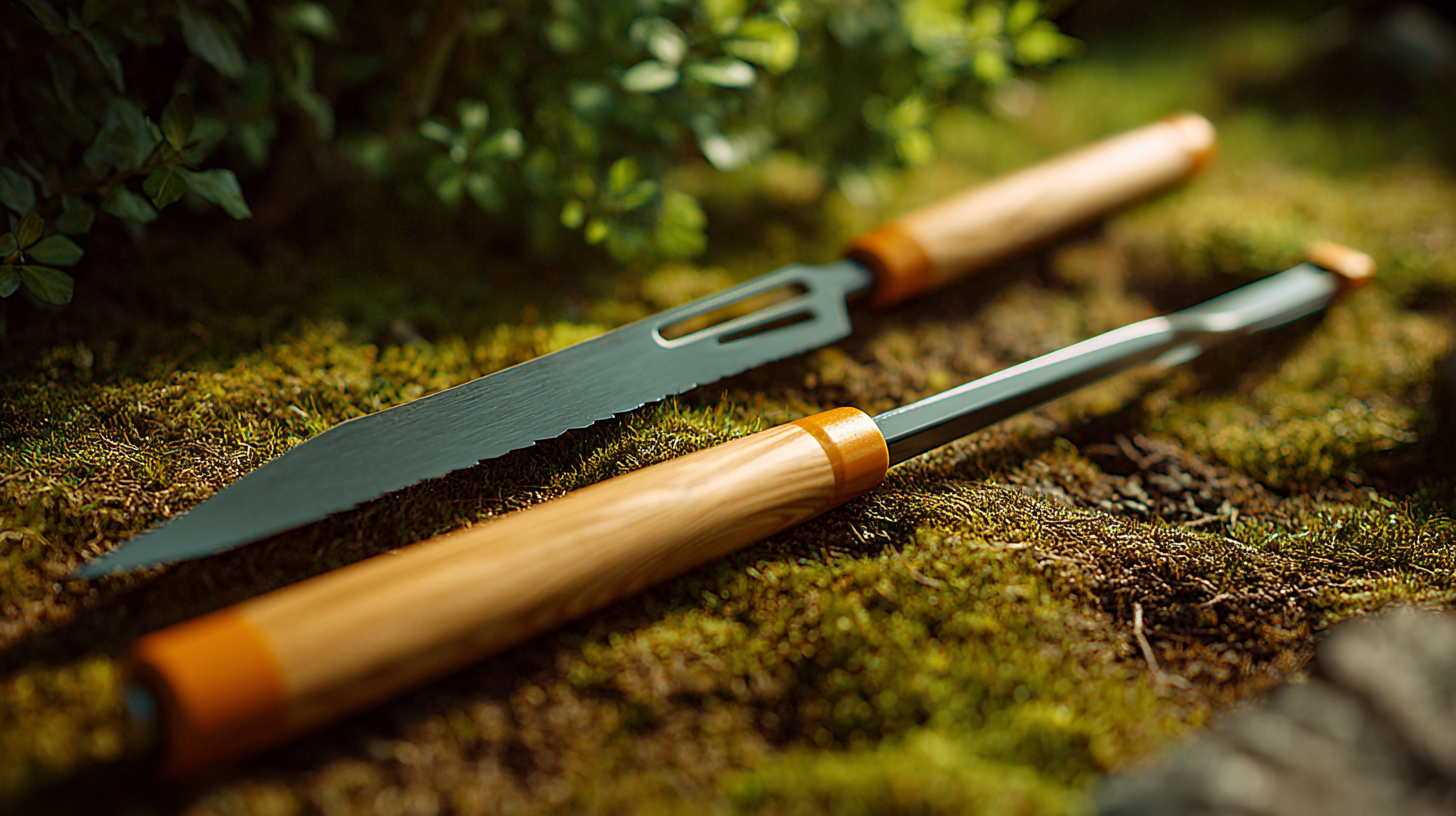
Ergonomic Innovations: Comfort and Efficiency in Garden Tool Design
Garden tool design has evolved significantly in recent years, with a stronger emphasis on ergonomics. A report from the American Society of Landscape Architects highlights that nearly 28% of gardeners experience discomfort due to poorly designed tools, which can lead to decreased productivity and increased risk of injuries. This has prompted manufacturers to innovate tools that not only enhance efficiency but also prioritize user comfort. Ergonomic innovations, such as cushioned grips, lightweight materials, and adjustable handles, are helping to minimize strain on the hands, wrists, and back, making gardening a more enjoyable activity.
Additionally, data from the Gardening Products Association shows that ergonomic tools have become increasingly popular, with a 35% rise in sales over the past five years. This trend is attributed to a growing awareness among consumers of the importance of physical well-being in outdoor activities. Modern designs are integrating advanced materials and technology, such as shock-absorbing features and intuitive control mechanisms, allowing gardeners of all ages to maintain their passion for gardening without discomfort. As the demand for user-friendly garden tools continues to rise, we can expect to see even more innovative solutions tailored to the needs of the modern gardener.
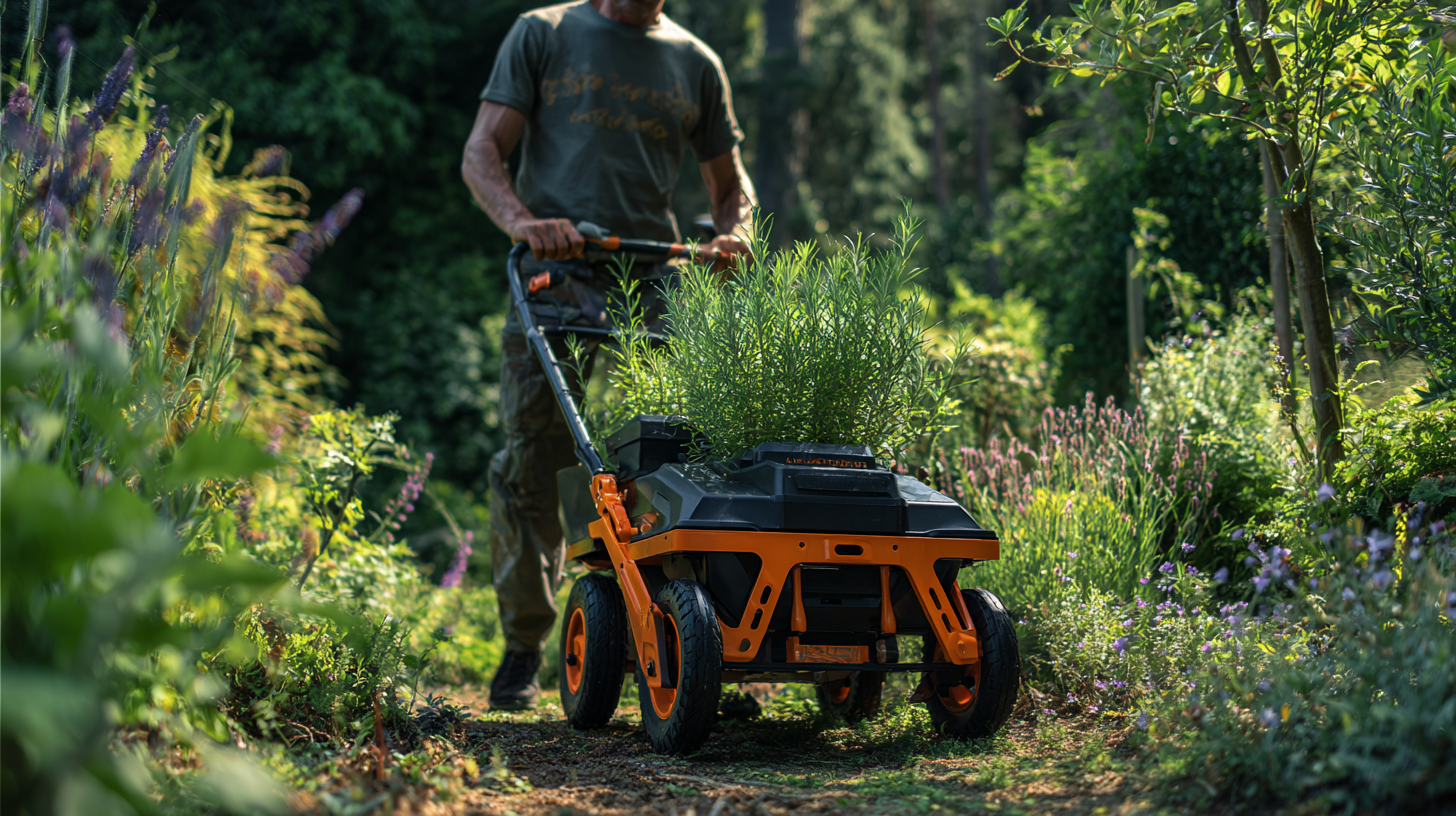
Related Posts
-
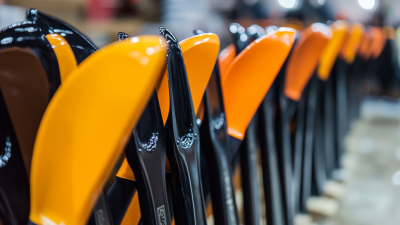
Top 10 Garden Shovels Manufacturers from China at the 137th Canton Fair
-
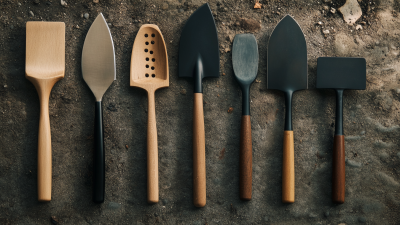
Choosing the Right Garden Spade for Your Needs A Data Driven Analysis
-

Enhancing Household Tools Longevity Through Exceptional Support and Future Innovations
-
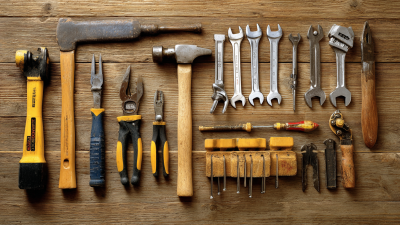
Benefits of Choosing the Right Hand Tools for Your DIY Projects
-
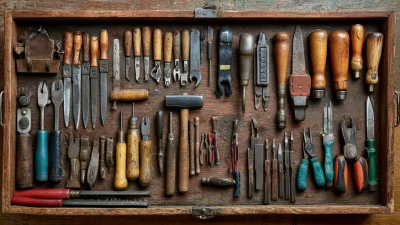
Essential Checklist for Choosing the Best Home Hand Tools for Global Buyers
-
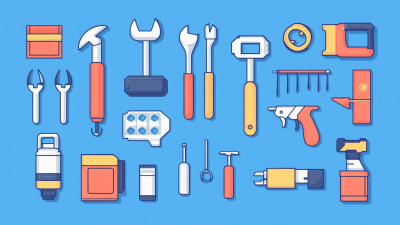
Mastering Hand Tools: A Comprehensive Guide to Elevate Your DIY Skills
